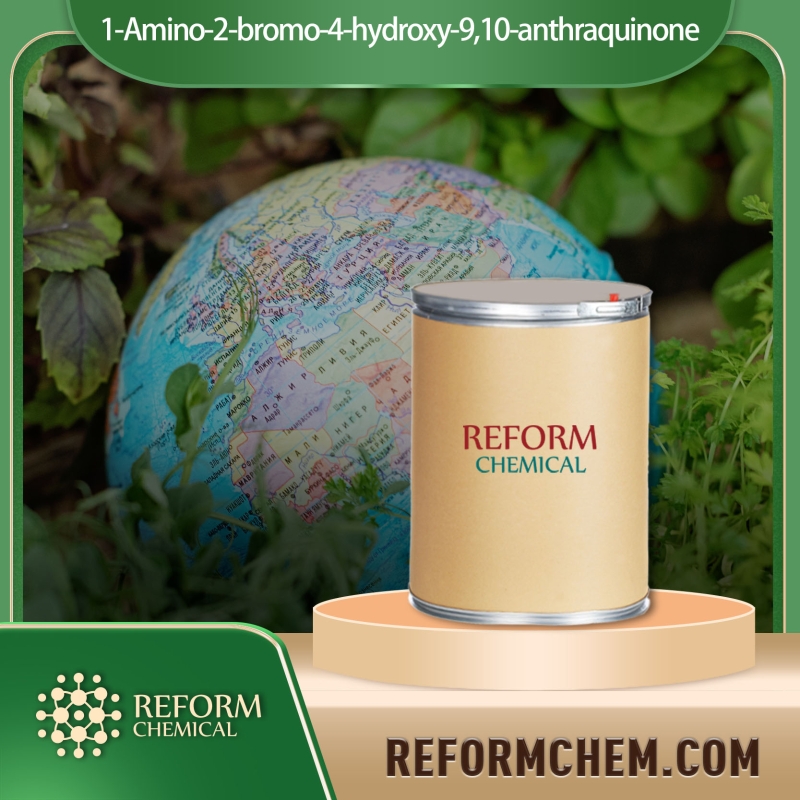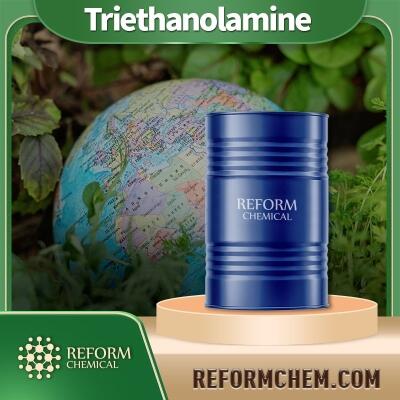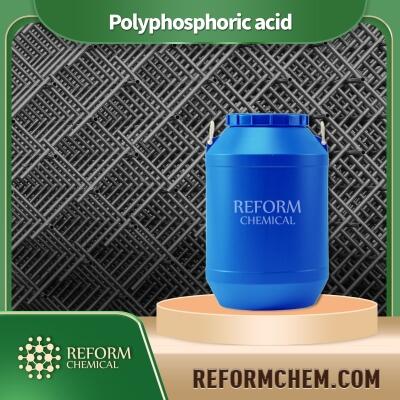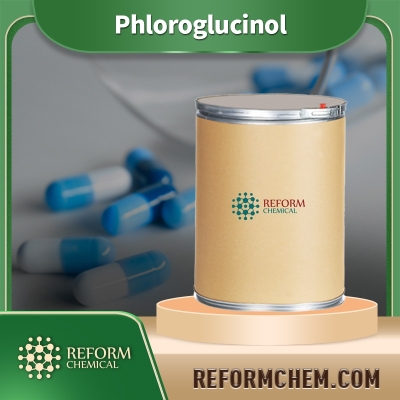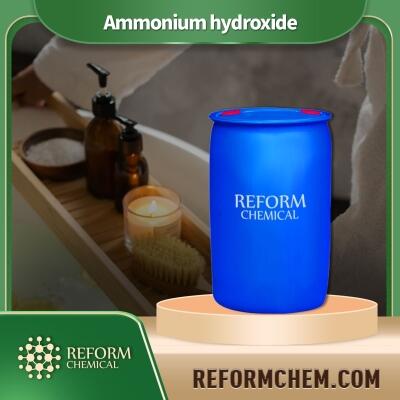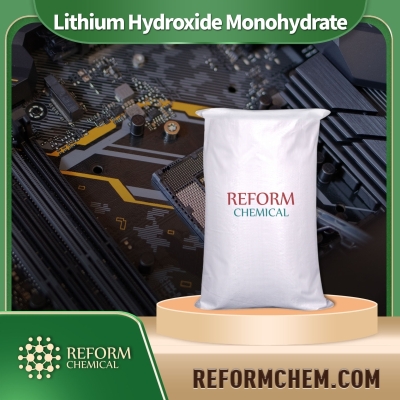What are Characteristics and uses of krypton? Learn about krypton.
What is characteristics and uses of krypton? Krypton is a type of chemical element in the periodic table, which is commonly known as the "lanthanide" element. It has a total of 18 protons and 20 neutrons, making it the lightest stable element on Earth. Krypton's chemical symbol is Kr. The most abundant isotope of krypton, Krypton-90, has a half-life time around 1.27 years. The next shortest time is around 3 years for Krypton-81. All other known isotopes have half-lives that are greater than 10 years and therefore not considered to be present in nature today.
Characteristics and uses of krypton?
Below are some of the characteristics and uses of krypton you should know.
1. Krypton is a colorless, odorless, tasteless and heavy gas.
Krypton is chemically inert and does not react with most common chemicals including water. The vapor pressure of krypton at room temperature is very low. Some scientists describe it as being ten times less than the vapor pressure of nitrogen at room temperature. Krypton has a higher boiling point than air due to its heavier molecular weight, but it can be liquefied by cooling it to -210 Celsius. The boiling point increases by 3℃ per 10% increase in the atomic weight.
2. Krypton is a noble gas.
This means that it is chemically inert, does not corrode or attack bonds, and tends to escape into the atmosphere in completely pure form to be lost as a gas forever. A noble gas is one that does not react with any other elements and does not significantly react with most other compounds, so no waste is produced for the release of gases such as carbon dioxide.
3. Krypton has a high melting point (1459℃).
This explains why krypton can always be found in noble gasses form - it never melts! Even at its boiling point of -210℃, it remains in its solid state because of its high melting point.
4. Krypton is the lightest noble gas.
It has a density of only 0.634g/cm3 and has a specific gravity of just below 5.28g/cm3, making it slightly heavier than helium as compared to its other characteristics, but it is still lighter than half of the rest of gases on Earth, including hydrogen (0.794 g/cm3), neon (5.77 g/cm3), and helium (4.00 g/cm3).
5. Krypton has a very high thermal conductivity.
When krypton is subjected to heat, it conducts heat well and does not transfer it to its surroundings as well as other noble gases such as argon. With this characteristic, krypton is often used in light bulbs and fluorescent lamps, including the lighting industry and photography.
Uses of krypton
1. Manufacture of sodium-based lamps and lasers.
Krypton gas has a very low boiling point and can be liquefied so it is suitable for use in illumination, because it is non-toxic, nontoxic, flammable and pyrophoric. The liquid krypton can also be used in various tubes and containers because of its high temperature resistance.
2. Lubrication of rotating machinery.
Krypton is a good lubricant for machinery requiring low viscosity and good high temperature properties. In the early days of technology, krypton was used in the manufacture of rotary equipment such as process pumps, thimbles and bearing housings.
3. Testing of materials, by lamps.
The gas krypton is widely used in the manufacturing of electronic devices, which can be used in the laboratory for X-ray testing of metals and alloys, and testing electrical and optical components.
4. Use as an inert carrier for other gases or liquids.
It can act as a carrier for helium atoms as a means of propulsion for satellites or space probes that are travelling at high speeds. It is also used to contain inert gasses such as argon inside sealed containers so they remain stable over long periods of time.
5. Use in pyrotechnics.
Its use as the fluid to ignite solid or powdered compounds was once very significant, and is still used occasionally to produce special effects. This has been superseded by other methods of ignition such as the use of plastics and fats in fireworks.
Krypton also makes a good eye-safe substitute for LED lights that tend to be considered fairly bright, but dangerous because they can cause permanent blindness if an individual were to accidentally stare into the light for too long.
Conclusion
What is characteristics and uses of krypton? Krypton has many uses, including the manufacture of lamps and lasers. Perhaps you are familiar with its use in the production of light bulbs or fluorescent tubes for home illumination. You might not know, however, that it is also used to create soothing rays of light during laser treatments to eliminate skin wrinkles and tighten facial features (anti-aging).
Looking for chemical products? Let suppliers reach out to you!
What is bromine in natural state?
Trade Alert
Delivering the latest product trends and industry news straight to your inbox.
(We'll never share your email address with a third-party.)
Related News
-
What are some interesting facts about krypton?Learn more about Krypton
-
What is krypton element facts and uses? Learn about Krypton.
-
What is the Boiling Point of Krypton?
-
What period is krypton and its physical properties
-
Ultimate Guide About Interesting Facts About Krypton
-
An Insight into How Rare Is Krypton and Why?
-
What Are The Physical Properties of Krypton?
-
The Many Fun Facts About Krypton You Should Know
-
What happens when acetophenone reacts with zinc (Hg) in the presence of concentrated HCl?
-
Deionized Water vs Distilled: In-depth Understanding of How They Work
Recommend Reading
-

What You Should Know About Sodium Molybdate in Food?
-
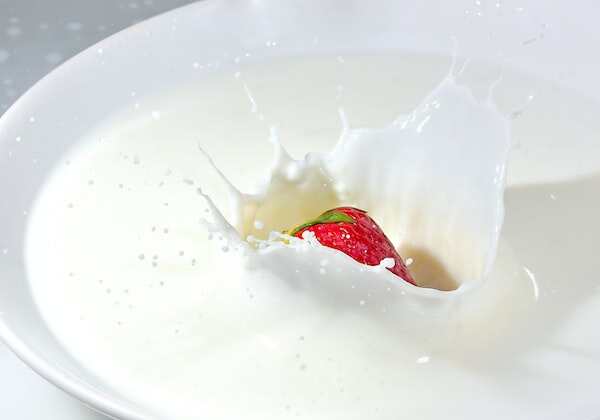
An Introduction to Carboxymethyl Cellulose Uses: Concepts, Uses and More
-
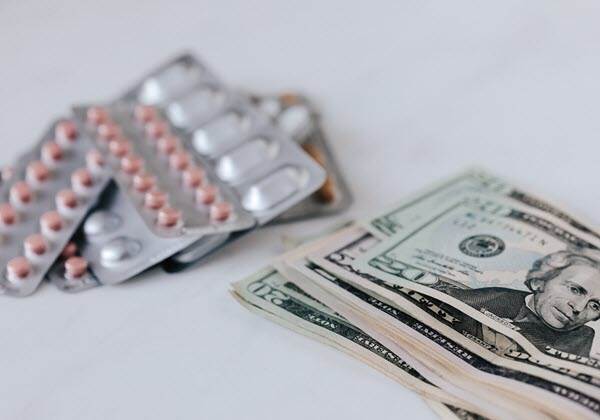
Top 8 Most Expensive Prescription Drugs In The World In 2017
-
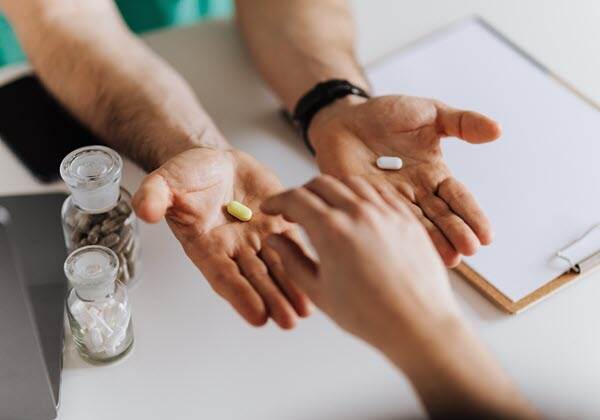
An Insight Into The Alzheimer's Breakthrough New Drug
-

A Look At Drugs Used For Restless Leg Syndrome
-

Enbio: Partnered with BioNTech to advance the development of next-generation antibody conjugated drugs (ADCs)
-

How is aluminium manufactured and its properties
-
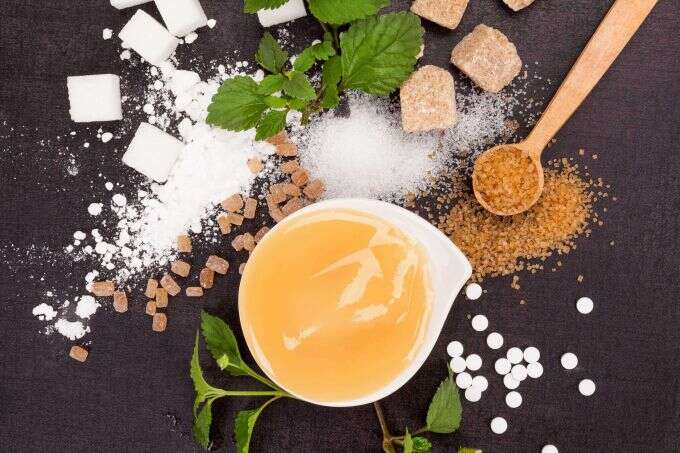
The EU approved L-arginine produced by Corynebacterium glutamicum CGMCC 20516 as a feed additive for all animals
-
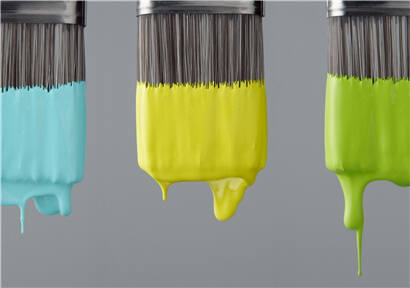
Phenol introduction: on October 15, the focus of domestic phenol market was weak
-
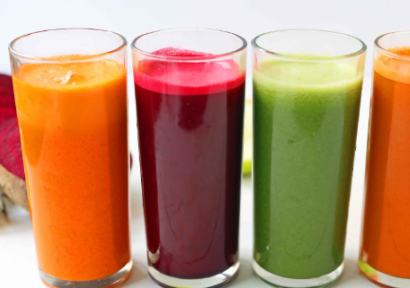
Water intoxication in women who drank fruit juice for 3 weeks





